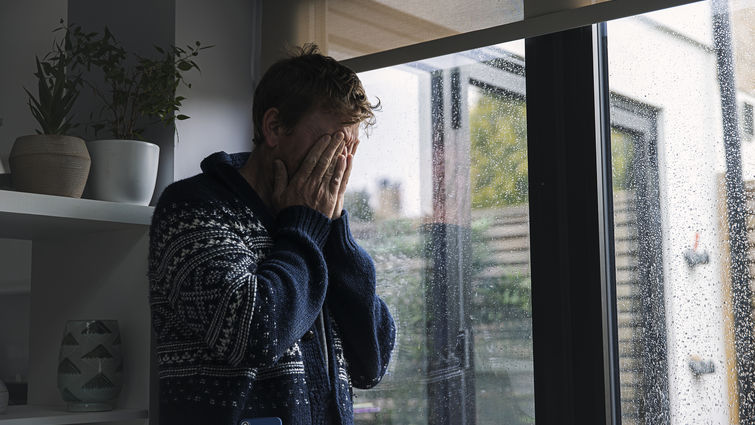

Seasonal depression, often referred to as Seasonal Affective Disorder (SAD), is a type of depression that occurs at specific times of the year. While winter SAD is the most well-known form, it's essential to recognize that seasonal depression can manifest in various ways. In winter, it's believed to be triggered by the reduced daylight, which can disrupt circadian rhythms and affect mood-regulating brain circuits. On the other hand, some individuals experience depression during other seasons, including summer, in what is sometimes called Summer SAD according to O’sha Freeman, LMFT, clinical therapist at Loma Linda University Behavioral Medicine Center – Murrieta.
“It's important to understand that mental health and seasonal depression is a highly individualized experience,” Freeman says. “While some people may struggle during the winter, others might find their mood lifted during these months. The key is recognizing your own patterns and needs."
Preparing for Seasonal Depression
Preparation is vital when it comes to managing seasonal depression. Regardless of when you experience SAD, taking proactive steps can make a significant difference in your mental well-being. Some valuable tips to prepare for the colder and darker months include:
- Maintain Healthy Routines: When the days get shorter, it's tempting to retreat into hibernation mode. However, maintaining a routine is essential. Engage in social activities, continue pursuing hobbies, and stick to an exercise regimen. Preparing for these activities ahead of time, such as getting the right gear for outdoor activities, can make it easier to sustain mood-boosting routines.
- Shift Your Perspective: Reconsider your outlook on the changing seasons. Instead of dreading the colder months, seek the beauty in the seasonal transformation. By shifting your mindset and embracing the unique joys of each season, you can diminish the negative associations that contribute to SAD.
- Consult with Healthcare Providers: Keep your healthcare providers in the loop about your "season of risk." If you haven't received an official SAD diagnosis but notice symptoms impacting your daily life, seek a referral to a qualified mental health professional.
Understanding the symptoms of seasonal depression is crucial for early intervention and effective management. Whether you experience SAD during the winter or in other seasons, being aware of these signs can help you or a loved one act before the condition worsens.
Symptoms
- Low Mood: One of the most common symptoms of seasonal depression is a persistent low mood or sadness that lasts for most of the day. You may find it challenging to experience joy or interest in activities you once enjoyed.
- Fatigue: Feeling excessively tired or lethargic, despite getting enough sleep, is another hallmark of seasonal depression. You might struggle to find the energy to complete daily tasks.
- Changes in Sleep Patterns: Seasonal depression can disrupt your sleep patterns, leading to oversleeping or difficulty falling and staying asleep. Some individuals experience a desire to sleep more than usual.
- Weight Changes: SAD can trigger changes in appetite and weight. You may have increased cravings for high-carb and high-fat foods, which can lead to weight gain.
- Difficulty Concentrating: A decline in concentration and focus is a common symptom. You might struggle with cognitive tasks and have a hard time making decisions.
- Social Withdrawal: People with seasonal depression often withdraw from social activities, preferring isolation. The desire to be alone can lead to feelings of loneliness and further exacerbate the condition.
- Irritability: Feelings of irritability and frustration may intensify, leading to strained relationships with loved ones.
- Physical Symptoms: Seasonal depression can manifest physically, leading to headaches, body aches, and digestive issues.
"By preparing early, seeking professional guidance, maintaining healthy routines, and adjusting your perspective, you can better cope with the challenges of seasonal affective disorder," Freeman says. "Remember that SAD isn't confined to winter, and your experience may differ from others. Understanding your unique response to the changing seasons is the first step toward finding relief and happiness throughout the year."
Learn more about the services offered at Loma Linda Behavioral Health.

